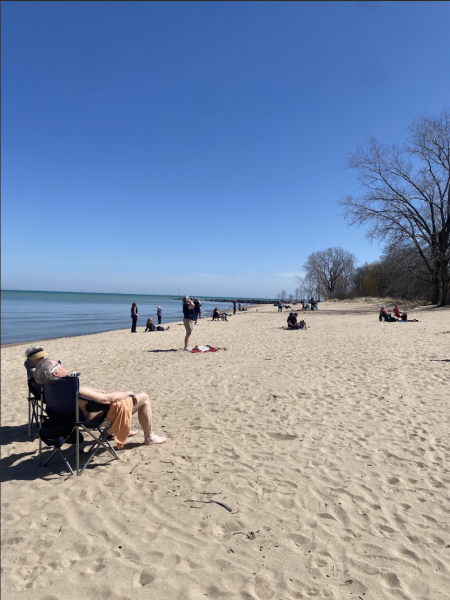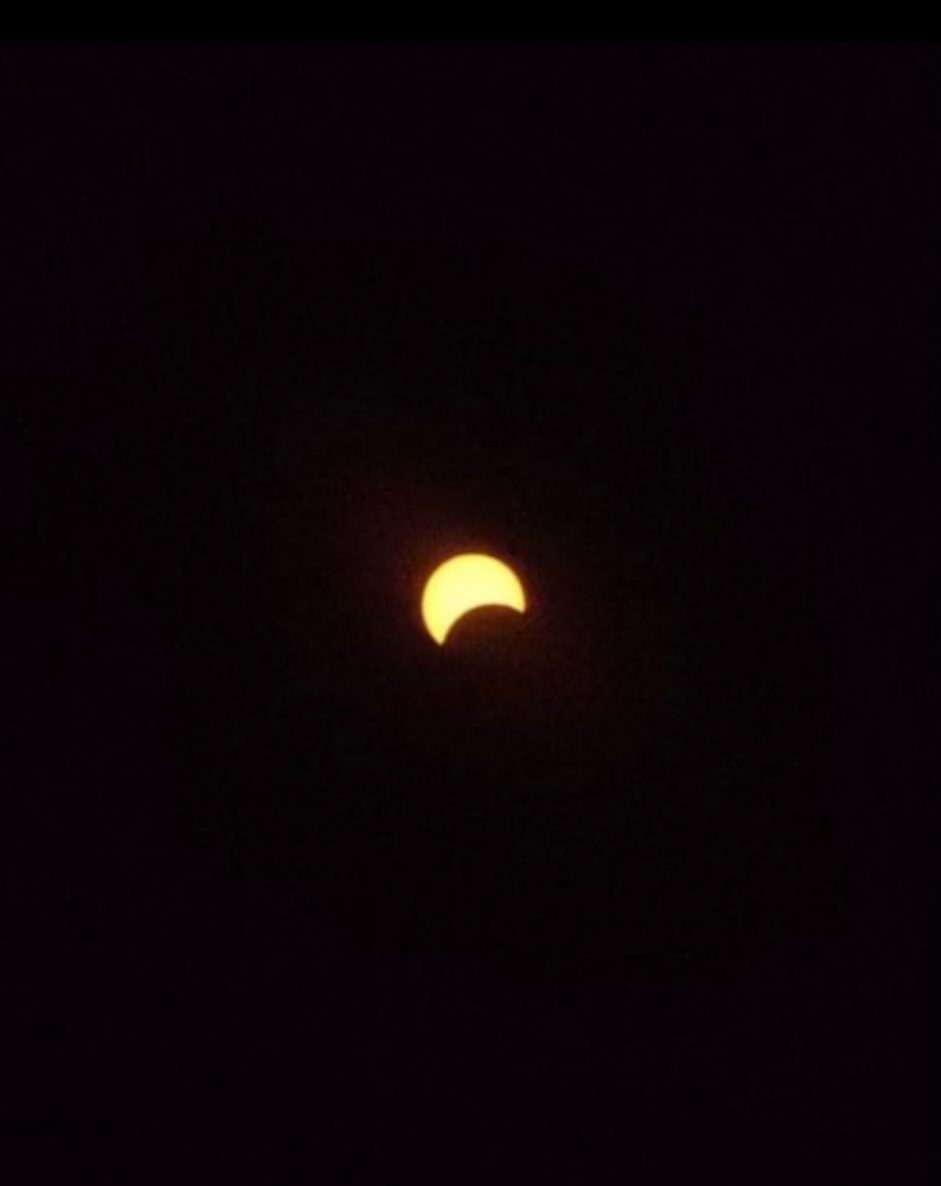It was a beautiful April day in Ohio, sun shining, birds singing, neighbors spending time outside, when all of a sudden everything went dark. Had someone just stepped outside they might have believed it was midnight. The crickets begin to chirp, the night bugs come out, and in the sky, stars became visible.
Ohio resident Kim Cooper recalls the reaction of people when the sky went fully dark.
”Everybody at the park started clapping and yelling, it was really cool, I mean it was crazy,” Cooper said, “That gave me goosebumps.”
This is the phenomenon that happened in places across the country on April 8. Although it looked like midnight, it was around 3 p.m. during a total solar eclipse.
The solar eclipse was a highly anticipated event that was visible in 15 states across the country, according to CBS News. Though millions of people were in the path of a partial eclipse, a handful of states had the opportunity to view a total eclipse, where the moon covers the sun fully.
Sophomore Rosemary Heckard made the six to seven hour drive to Ohio in order to be in the path of totality for the eclipse, and she says it was well worth it for her family.
“We didn’t know what would happen so that was the coolest part, just being there and [experiencing] what happened,” Heckard said.
Heckard’s family planned this trip for the eclipse one year in advance to be a family bonding experience once they realized the total eclipse would be in such a close location this year. They had also previously traveled to Ohio for the 2017 partial eclipse.
With such a rare event many people flocked to the path of
totality, Cooper said that Interstate 75 looked like a parking lot. This caused temporary orders to be put in by the state government. Ohio governor Mike DeWine activated the Ohio Emergency Operations Center to be prepared to support the communities through the influx of visitors, according to
governor.ohio.gov.
“We didn’t leave [the house] because they [the local government] really told you not to, if you didn’t have to,” Cooper said.
For many people, the draw to the eclipse is its rarity. Both

Heckard and Cooper say that it might be the last time they get to see it in their lifetime and that’s why it was especially important and meaningful for them to see it.
The Planetary Society says that the next eclipse in the United States will be in 2044 and has a path of totality that only reaches three states. According to CBS News, scientists predict that the next total solar eclipse that occurs in Chicago will happen in 75 years during the year 2099.
Heckard and Cooper were both amazed and grateful for being lucky enough to have that experience.
“It was crazy that it was right here out our back door,” Cooper said, “Just to think [about] Mother Nature, that it happened and that it happened here which was amazing.”







